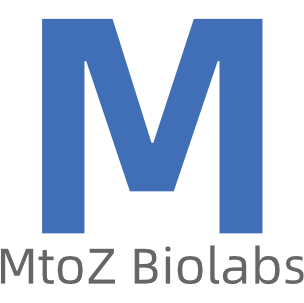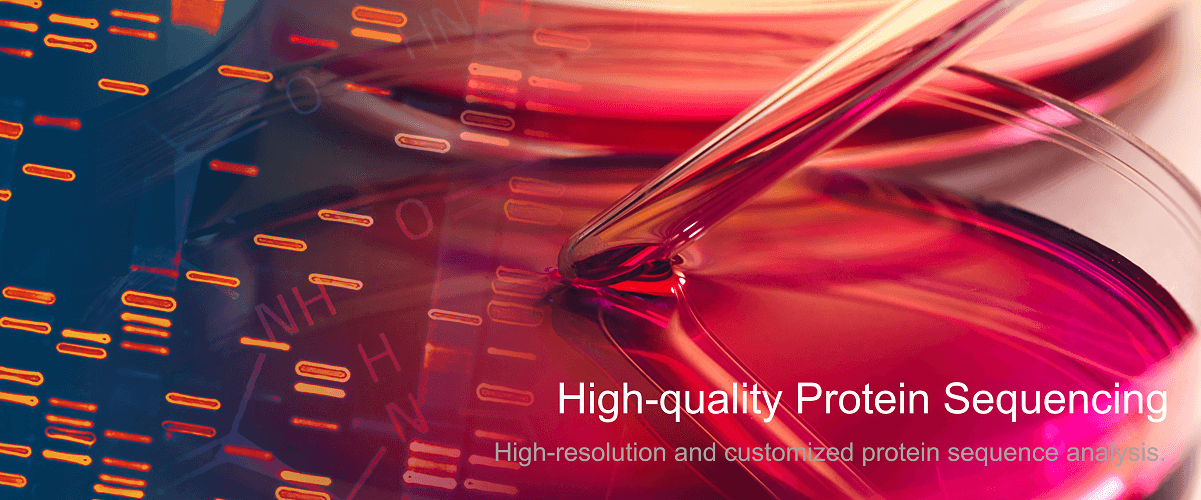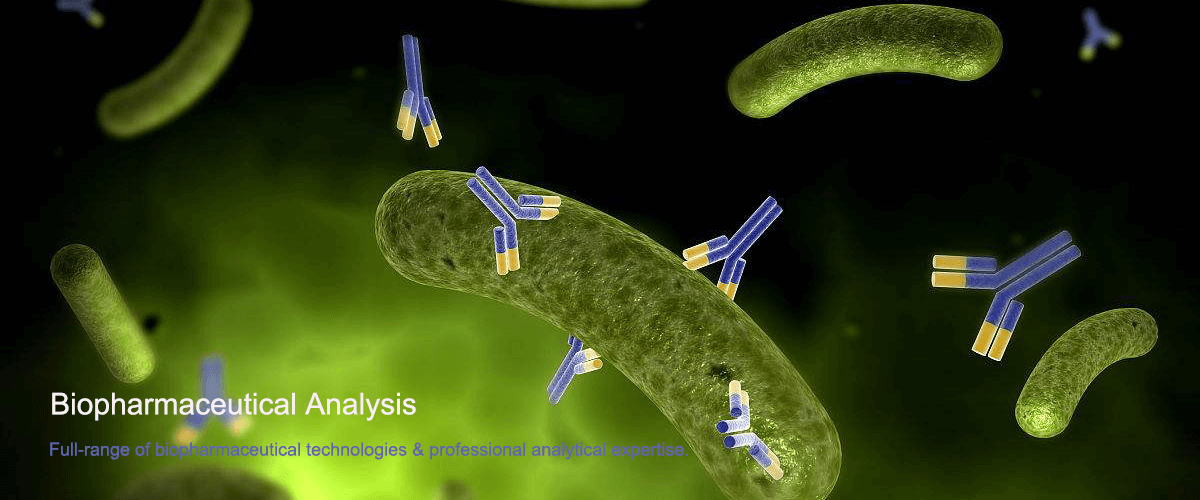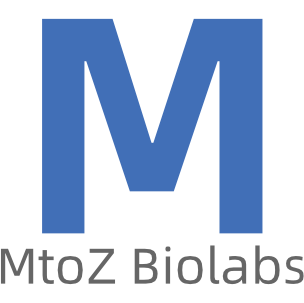Should Protein Quantification Be Done for ELISA Samples with Varying Concentrations Using BCA or Coomassie Blue?
In ELISA experiments involving tissue samples, consistent protein concentration across samples is crucial for reliable results. Therefore, performing protein quantification on each sample is necessary to ensure uniform or known protein concentrations. Common quantification methods include BCA (Bicinchoninic Acid) and Coomassie Brilliant Blue assays.
BCA Protein Quantification
1. Based on the reaction between proteins, bicinchoninic acid, and copper ions under high temperature.
2. Less sensitive to many chemical reagents, making it widely applicable.
3. Offers a broad linear range.
Coomassie Brilliant Blue Protein Quantification
1. Relies on the binding of the dye to proteins, causing a shift in the UV-visible absorption spectrum.
2. Sensitive to certain interfering substances, such as detergents.
3. Quick and straightforward to perform.
The choice between these methods depends on specific laboratory needs, sample characteristics, and potential interfering substances. For instance, if samples contain high levels of detergents, BCA might be more suitable. Conversely, for rapid and simple assessments, Coomassie Brilliant Blue could be preferred.
MtoZ Biolabs, an integrated chromatography and mass spectrometry (MS) services provider.
Related Services
How to order?

